Life
Sign up for our newsletter
We summarize the week's scientific breakthroughs every Thursday.
-
 Health & Medicine
Health & MedicineHow Kawasaki disease may blow in with the wind
The origin of Kawasaki disease has been linked to farmlands in northeastern China.
-
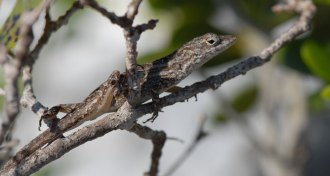 Animals
AnimalsLizards may scale back head bobbing to avoid predators
Brown anoles may scale back mating signals to avoid being eaten.
By Meghan Rosen -
 Life
Life‘The Amoeba in the Room’ uncloaks a hidden realm of tiny life
Mycologist Nicholas Money reveals the secret (and dramatic) lives of amoebas, bacteria, fungi and other often-overlooked microbes in The Amoeba in the Room: Lives of the Microbes.
-
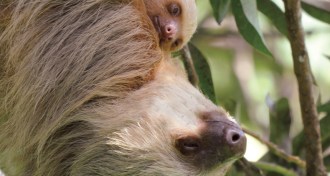 Animals
AnimalsFor upside-down sloths, what goes down can’t come up
Upside-down sloths have to hold their organs up and their food down.
By Susan Milius -
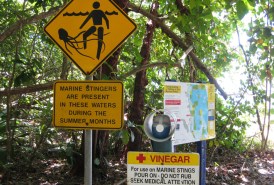 Animals
AnimalsWinds predict deadly jellyfish blooms
A change in the winds flowing over Australia’s Great Barrier Reef coincides with reports of the potentially fatal Irukandji syndrome.
-
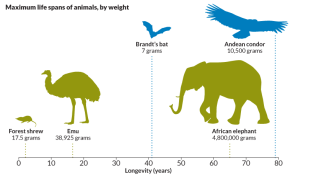 Animals
AnimalsFly more, live longer
An examination of animal lifestyles reveals that the most important factor linked to longer life is the ability to fly.
-
 Genetics
GeneticsQatari people carry genetic trace of early migrants out of Africa
Qatari genomes carry shards of DNA that date back 60,000 years, when humans began to leave Africa.
-
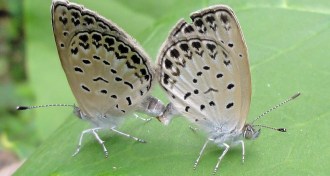 Environment
EnvironmentFukushima contamination affects butterfly larvae
Butterfly larvae fed leaves with radioactive cesium from the Fukushima nuclear disaster had a higher rate of death and development abnormalities than larvae that got leaves from a location farther from the accident.
-
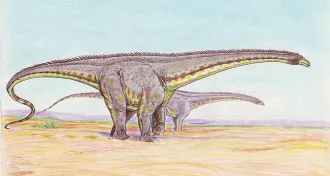 Paleontology
PaleontologyFragments of long-bodied dino found in Argentina
Named Leinkupal laticauda, the new species dino probably lived into the early Cretaceous period, which began roughly 145 million years ago.
-
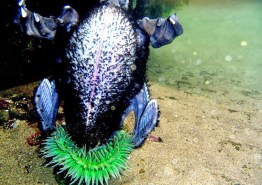 Animals
AnimalsAnemone eats bird, and other surprising animal meals
A fuzzy green anemone eating a bird many times its size shows that you can’t take anything for granted when it comes to which animals can eat each other.
-
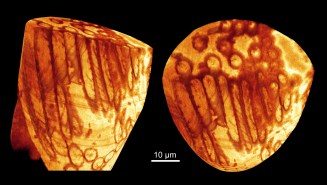 Paleontology
PaleontologyGiant 17-million-year-old fossil sperm found
Giant sperm have been found in 17-million-year-old fossilized mussel shrimp. The specimens, collected in Queensland, Australia, sport the oldest petrified sex cells on record.
-
 Health & Medicine
Health & MedicineTwo U.S. health care workers fall ill after treating patient with MERS
Two Florida hospital employees have reportedly fallen ill with flulike symptoms after coming in contact with a patient suffering from MERS.